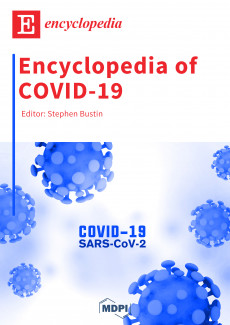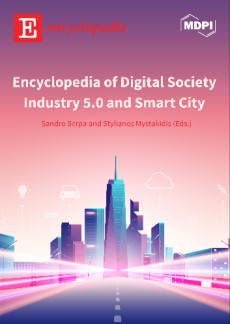Topic Review
- 11.3K
- 19 Nov 2021
Topic Review
- 7.1K
- 10 Aug 2022
Topic Review
- 2.2K
- 01 Dec 2022
Topic Review
- 2.2K
- 28 Oct 2022
Topic Review
- 1.7K
- 09 Sep 2021
Topic Review
- 1.6K
- 09 Oct 2020
Topic Review
- 1.4K
- 08 Feb 2021
Topic Review
- 1.3K
- 02 Dec 2021
Topic Review
- 1.2K
- 30 Oct 2020
Topic Review
Video
- 1.1K
- 31 Oct 2022
Topic Review
- 1.1K
- 25 Jul 2022
Topic Review
- 953
- 24 Jun 2021
Topic Review
- 953
- 23 Oct 2023
Topic Review
- 817
- 18 Mar 2022
Topic Review
- 668
- 19 Oct 2022
Biography
- 598
- 29 Aug 2022
Topic Review
- 587
- 12 Apr 2022
Topic Review
- 387
- 18 Dec 2023
Topic Review
- 362
- 18 Mar 2024
Topic Review
- 292
- 22 Dec 2023
Featured Entry Collections
>>
Featured Books
- Encyclopedia of Engineering
- Volume 1 (2023) >>
- Chief Editor:
- Encyclopedia of Social Sciences
- Chief Editor:
- Encyclopedia of COVID-19
- Chief Editor:
 Encyclopedia
Encyclopedia



